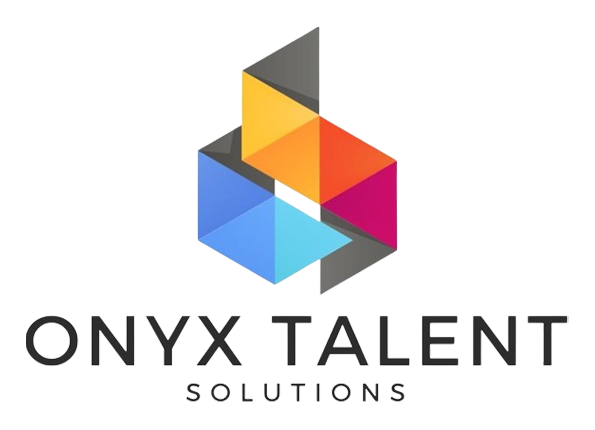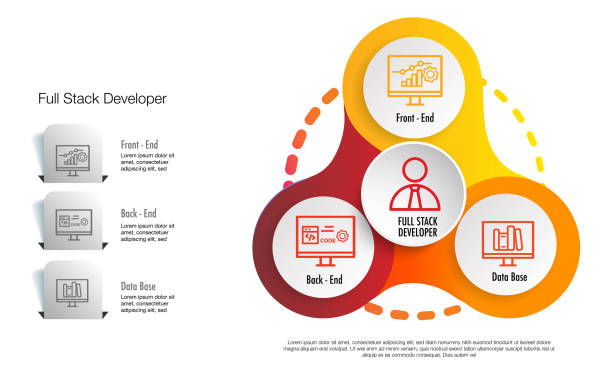Introduction
In a world where everything from our bank accounts to our social interactions exists online, cybersecurity has become a critical aspect of our daily lives. But, what exactly is cybersecurity, and why is it so important? Let’s dive into the essentials of protecting your digital life.
Why Cybersecurity Matters
Cybersecurity involves the practices, technologies, and processes designed to protect networks, devices, programs, and data from attack, damage, or unauthorized access. With the increasing frequency of cyberattacks, understanding and implementing cybersecurity measures is crucial for individuals and businesses alike.
Common Cyber Threats
1. Phishing Attacks
Phishing is a method where attackers trick you into providing personal information, such as passwords or credit card numbers, by pretending to be a trustworthy entity in electronic communications.
2. Malware
Malware includes viruses, worms, trojans, ransomware, and spyware designed to damage, disrupt, or gain unauthorized access to computer systems.
3. Man-in-the-Middle (MitM) Attacks
These attacks occur when attackers intercept and possibly alter the communication between two parties without their knowledge.
4. Denial-of-Service (DoS) Attacks
DoS attacks aim to make a system or network resource unavailable to its intended users by temporarily or indefinitely disrupting services.
Essential Cybersecurity Practices
 1. Use Strong, Unique Passwords
1. Use Strong, Unique Passwords
One of the simplest yet most effective ways to protect your online accounts is to use strong, unique passwords for each one. Combine upper and lowercase letters, numbers, and symbols to create a robust password.
2. Enable Two-Factor Authentication (2FA)
2FA adds an extra layer of security by requiring not only a password and username but also something that only the user has on them, i.e., a piece of information only they should know or have immediately to hand.
3. Regularly Update Software
Keeping your software, operating systems, and applications updated ensures you have the latest security patches and protections against vulnerabilities.
4. Install Antivirus Software
Antivirus programs can detect, prevent, and remove malicious software before it causes significant damage.
5. Be Wary of Phishing Scams
Always verify the authenticity of requests for personal information and be cautious of unsolicited emails, messages, or links.
Securing Your Devices
1. Use Encryption
Encryption protects your data by converting it into a secure format that can only be read by someone with the decryption key.
2. Secure Your Network
Ensure your Wi-Fi network is secure by using strong passwords and encryption methods like WPA3.
3. Regular Backups
Regularly back up your data to an external drive or cloud storage to prevent data loss from ransomware attacks or hardware failures.
4. Physical Security
Keep your devices in a safe place, use screen locks, and be mindful of who has physical access to your devices.
Protecting Personal Data
1. Limit Data Sharing
Be mindful of the personal information you share online, especially on social media platforms.
2. Secure Financial Transactions
Use secure websites (look for HTTPS) for financial transactions and monitor your bank statements regularly for unauthorized activity.
3. Identity Theft Protection
Consider using services that monitor and alert you to potential identity theft and assist in recovery if your identity is stolen.
Cybersecurity for Businesses
1. Employee Training
Educate employees about cybersecurity best practices and potential threats to create a security-conscious workforce.
2. Implement Access Controls
Limit access to sensitive information based on the role and necessity, ensuring only authorized personnel can access certain data.
3. Use Firewalls
Firewalls can prevent unauthorized access to or from private networks by monitoring and controlling incoming and outgoing network traffic.
4. Regular Security Audits
Conduct regular security audits and vulnerability assessments to identify and mitigate potential security risks.
Staying Safe on Public Wi-Fi
Public Wi-Fi networks are often less secure, making them a hotbed for cybercriminal activities. Here’s how to protect yourself when using public Wi-Fi:
1. Avoid Accessing Sensitive Information
Refrain from logging into banking or other sensitive accounts on public Wi-Fi networks.
2. Use a Virtual Private Network (VPN)
A VPN encrypts your internet connection, providing a secure way to access the web.
3. Turn Off Automatic Connectivity
Disable automatic connectivity to Wi-Fi networks to prevent your device from connecting to potentially malicious networks.
Conclusion
In the digital age, cybersecurity isn’t just an option; it’s a necessity. By following these essential cybersecurity practices, you can protect your personal data, secure your devices, and stay safe online. Remember, staying informed and vigilant is the best defense against cyber threats.
FAQs
Q1: What is the most common type of cyber attack? A1: Phishing attacks are among the most common cyber threats, where attackers trick users into providing personal information.
Q2: How often should I update my passwords? A2: It’s recommended to update your passwords every three to six months and immediately if you suspect any account has been compromised.
Q3: Can antivirus software protect me from all threats? A3: While antivirus software is essential, it can’t protect against all threats. A multi-layered security approach is necessary for optimal protection.
Q4: Is public Wi-Fi safe to use? A4: Public Wi-Fi networks are generally less secure. It’s best to avoid accessing sensitive information or use a VPN when connected to public Wi-Fi.
Q5: What should I do if I think I’ve been hacked? A5: If you suspect you’ve been hacked, change your passwords immediately, run a security scan, and monitor your accounts for suspicious activity. If necessary, seek professional help.
By staying proactive and adopting these cybersecurity measures, you can significantly reduce your risk of falling victim to cyber threats and enjoy a safer digital experience.





 1. HTML (HyperText Markup Language)
1. HTML (HyperText Markup Language)
 Custom web development leverages a variety of technologies, each suited to different aspects of the process. Here are some common ones:
Custom web development leverages a variety of technologies, each suited to different aspects of the process. Here are some common ones: